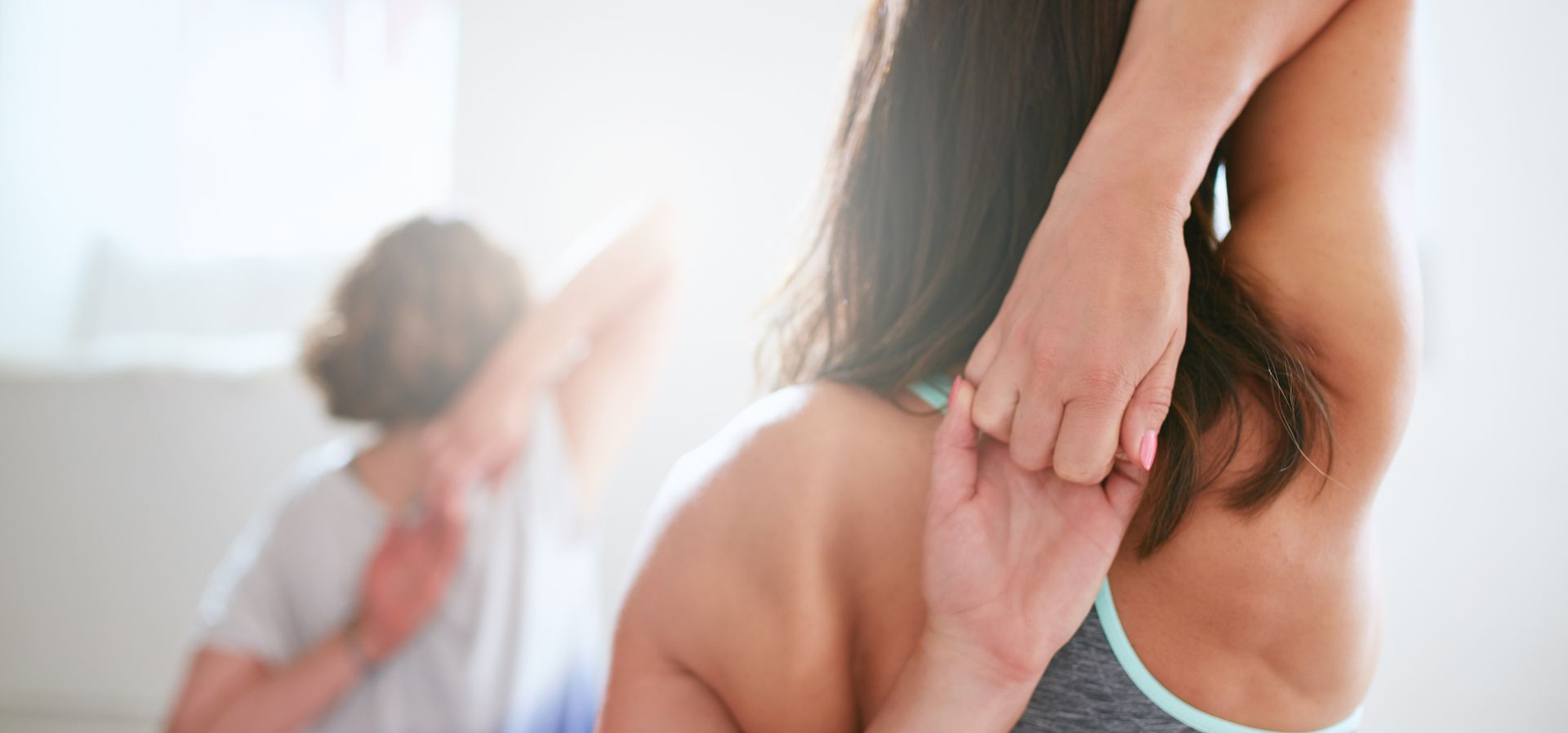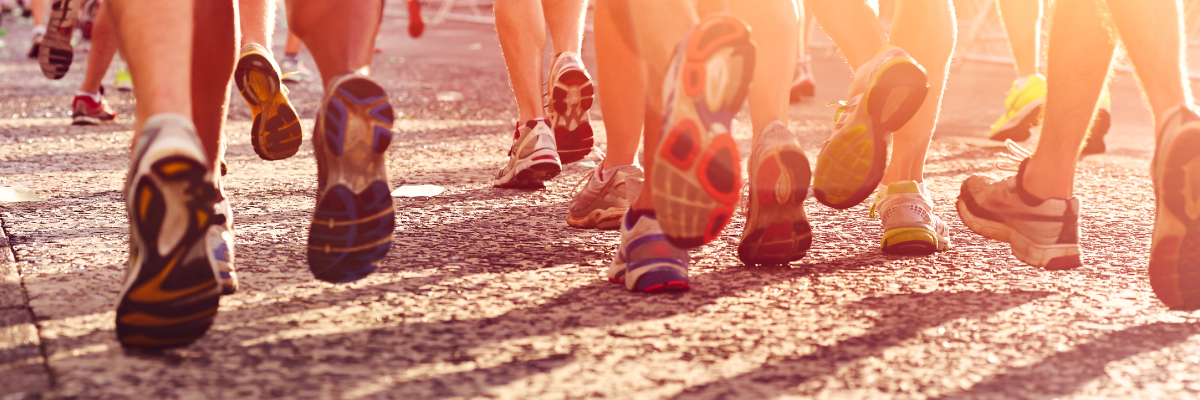10333 E. 21st N. #406 | Wichita, KS 67206 Phone: 316-630-9944
Physical Therapy for Osteoporosis
The importance of being dense: Smart facts about osteoporosis
Osteoporosis affects an estimated 28 million people, 80 percent of whom are women. Most people believe osteoporosis is a condition that just happens as you age, but it is a preventable bone disease.
Prevention must begin early. By the time a woman is 20, she has acquired 90 percent of her total peak bone mass. The good news is that bones are made up of a dynamic, living substance – always in process of breaking down and rebuilding. The best defense against osteoporosis is to be dense, and being dense takes a smart woman.
What is osteoporosis?
Osteoporosis is a condition where there is less bone so the overall bone becomes more fragile, making it easier to break. When you have lost just some of the bone density, it is a condition called osteopenia – a precursor to osteoporosis – and it is important to discuss options to improve bone health before osteopenia progresses to osteoporosis. When you have only 75 percent of your peak bone mass, you will be diagnosed with osteoporosis.
Where does osteoporosis affect the body?
Bones in the spine usually show signs of osteoporosis first because vertebrae are mostly made up of trabecular, or “soft,” bone. Because we have so many activities and movement patterns bringing us into a forward bend, such as bending to pick something up off the floor, bending to load the dishwasher, improper form in squats, bending to stretch hamstrings in exercise and so many more patterns, our soft bone vertebra weaken and tend to collapse in the front, causing a “wedge” deformity of the spine. As the front portion of the vertebra collapse, your spine hunches forward, resulting in the common prominent hump in the midback known as the thoracic kyphosis, or “Dowager’s hump.” Other bones at risk for damage and fractures are bones in the wrists and hips. Pain most often associated with osteoporosis occurs when you suffer from a bone fracture.
How to prevent osteoporosis:
So, what do you do?
Prevention is the best policy. Take care of children’s bone health by ensuring they have adequate calcium in their diets and they get plenty of exercise to promote bone growth and health. For adult women, it is important to advocate for your health with your health care providers, such as your primary care physician, to ensure you’re tested if you have risk factors for osteoporosis.
Risk factors for osteoporosis include:
- Family history of osteoporosis
- Post-menopausal
- Smoking or excessive alcohol consumption
- Sedentary lifestyle
- Low calcium diet
If you are diagnosed with osteopenia or osteoporosis, work with your doctor to determine if you need medication to treat the condition. Discuss calcium supplements or if any medications you’re currently taking are contributing to you condition. Adequate calcium intake through calcium-rich foods is the best supplement, but, as an insurance policy, you should take a calcium supplement regularly. Women over the age of 65 or who are post-menopausal should take 1,500 milligrams of calcium daily.
Another important aspect of managing osteopenia or osteoporosis is exercise. Not all types of exercise are appropriate to treat osteoporosis. Remember how the spine tends to fold forward? Proper exercises stretch tight muscles in the front of your trunk (flexors) and strengthen muscles in the back of your trunk (extensors). A qualified female physical therapist at Palmer Physical Therapy for Women can assess your posture and create an exercise program to address the specific areas that you need to correct your posture.
Weighted exercise stimulates bones to increase bone building and is an important part of your exercise program to treat osteoporosis. Resistance training, or weighted exercises, is recommended twice a week.
There are two ways to incorporate resistance exercises into your program:
- Weight lifting with free weights or machines with progressive weight resistance
- Resistance bands, which use your body weight to stimulate the muscle-tendon pulling on the bone
Start with a weight you can lift with a little effort, and complete two sets of 10 repetitions. Increase your repetitions slowly, and then try to add more weight every other week. Listen to your body and be consistent with your program.
Walking, or other weight-bearing, low-impact exercises, also provides the necessary stimulus to promote bone building. Walking should be done four or five times a week for the best results, with the goal of 30 minutes at a time. However, respect your body, and start walking at an appropriate level. For sedentary or deconditioned women, the appropriate level might be starting with 15-20 minutes at a time.
In addition to managing your condition with exercise, you should also ensure your home and work places are free of fall hazards to prevent the risk of fractures. Remove throw rugs or cords stretched across walking areas and have adequate lighting. Improving your balance through appropriate exercises is also important to fall prevention.
Remember, the key to keeping up with your exercise is to keep it interesting. Try a low-impact dance class or go trail walking with a friend. To be successful, you must stick with your program for the long haul.
Properly managing osteopenia and osteoporosis is about getting all the facts. You need a balanced diet, regular exercise and proper medical management. If you don’t know where to start, ask your doctor to refer you to Palmer Physical Therapy for Women where a female physical therapist with experience treating women with osteopenia and osteoporosis can help set up your treatment program.
Palmer Physical Therapy for Women



Proven results,
best outcomes for your money.
Palmer Physical Therapy for Women
10333 E. 21st N. #406 | Wichita, KS 67206
Phone: 316-630-9944